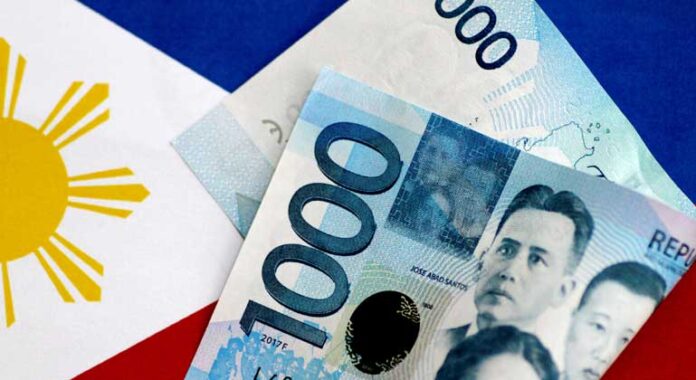
By Beatrice M. Laforga, Reporter
PHILIPPINE BANKS appear better positioned to weather the surge in soured loans than Southeast Asian peers, but sluggish economic growth could dampen the sector’s recovery this year, S&P Global Ratings said.
“We have a negative outlook on the Philippine banking sector, that means there is a one-third chance that the rating can be downgraded in 1.5 to two years, so clearly that there are risks,” Ivan Tan, director at the financial institutions ratings of S&P, told a webinar on Wednesday.
The credit rater gave a “negative” outlook on the Philippines’ rated banks on expectations that existing financial buffers may not be enough to absorb the fast deterioration of asset quality, if economic recovery is delayed.
“But if you look at it in a relative perspective in terms of the other Southeast Asian banking system that we have a negative outlook as well, including Thailand, Indonesia and Malaysia — the Philippines as a whole has actually performed quite well,” Mr. Tan said.
He said the number of loans that availed of the payment moratorium in the Philippines are lower compared with Malaysia and Indonesia, despite the surge in nonperforming loans (NPLs)from retail and small- and medium-sized enterprises (SMEs) segments.
Republic Act No. 11494 Bayanihan to Recover as One Act (Bayanihan II) provided a one-time 60-day moratorium on loan payments following the similar grace period provided by the government’s first stimulus package.
Mr. Tan said Malaysia’s moratorium on loan payments was more extensive, covering two thirds of the total loan book of banks, and lasted until September.
“The negative impact of the loan quality of the bank, the trajectory of the recovery of the Philippines in terms of nonperforming loans buildup and the resolution of loans under moratorium has been comparatively better than Southeast Asia peers,” he said.
The rise in NPLs in the country was also less severe than expected, said Geeta Chugh, senior director of financial institution ratings at S&P, during the forum.
Ms. Chugh said gross NPL ratio at 3.6% end of 2020 was softer than the credit rater’s forecast that this would rise to 6%. The restructured loan ratio of 1.91% as of end-December was also lower than their prediction of 2.5%.
“Based on the buffers, or the level of capital that the banks are holding, the level of provisioning that they have already written, the level of provisioning that they are forecasting for this year, and the earnings capacity on how much provisioning can the banks do before ending in the red, the levels that we forecasted they are manageable,” she said.
“Banks will remain cautious and asset quality preservation will be a priority over growth simply because the economic outlook is still a bit uncertain,” she added.
The debt watcher expects NPLs would spike further in the first quarter, and peak in the second half of 2021 as monetary support ends.
A slow economic recovery could further dampen the grim outlook for the banking sector, said Vincent Conti, Asia-Pacific senior economist at S&P.
S&P gave a 9.6% growth forecast for the Philippine economy this year coming from a record 9.5% contraction in 2020.
Mr. Conti said the growth will largely be driven by a pickup in household consumption and the ramped-up infrastructure program.
The two main growth drivers will be supported by further easing of mobility restrictions and the pent-up demand from last year, as well as increased government spending, he said, adding that they are unlikely to be slowed down by weak credit growth.
“These are the key drivers for the growth this year. If anything I believe, the demand push from these two factors can help open the tabs on credit once again. The risks to growth from a slower recovery weigh more heavily on credit than the other way around,” he said.

